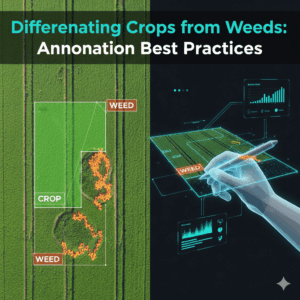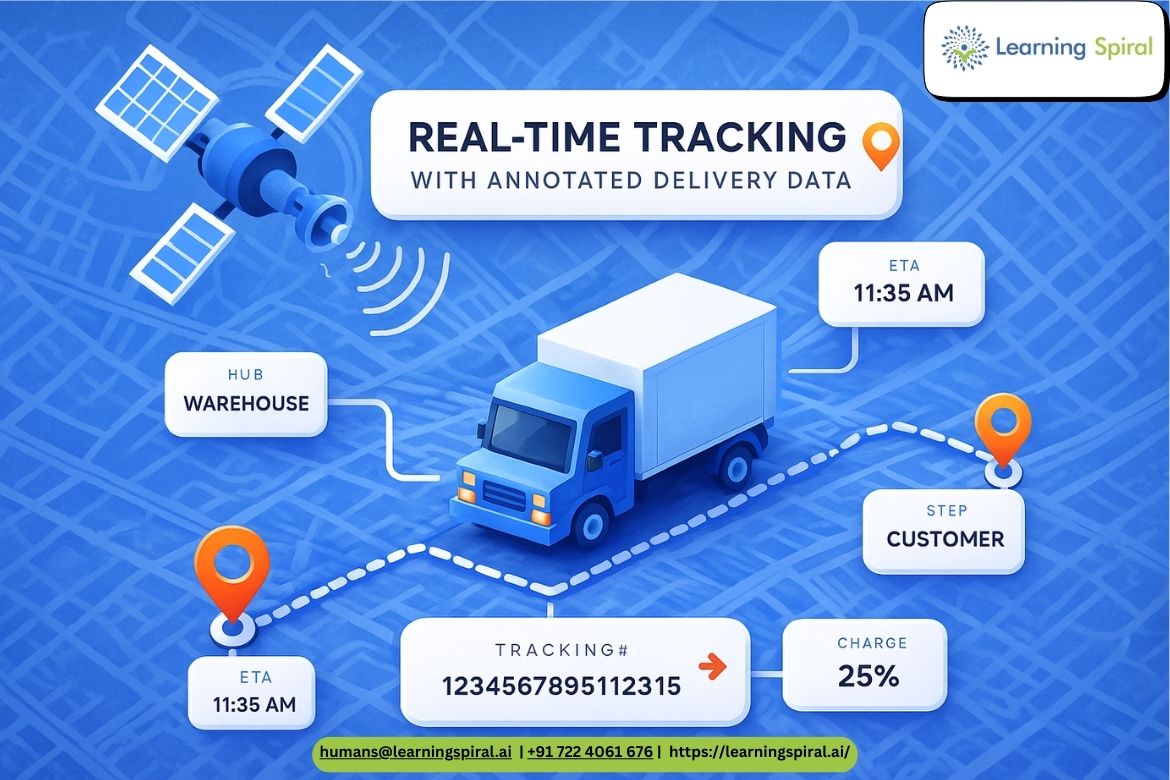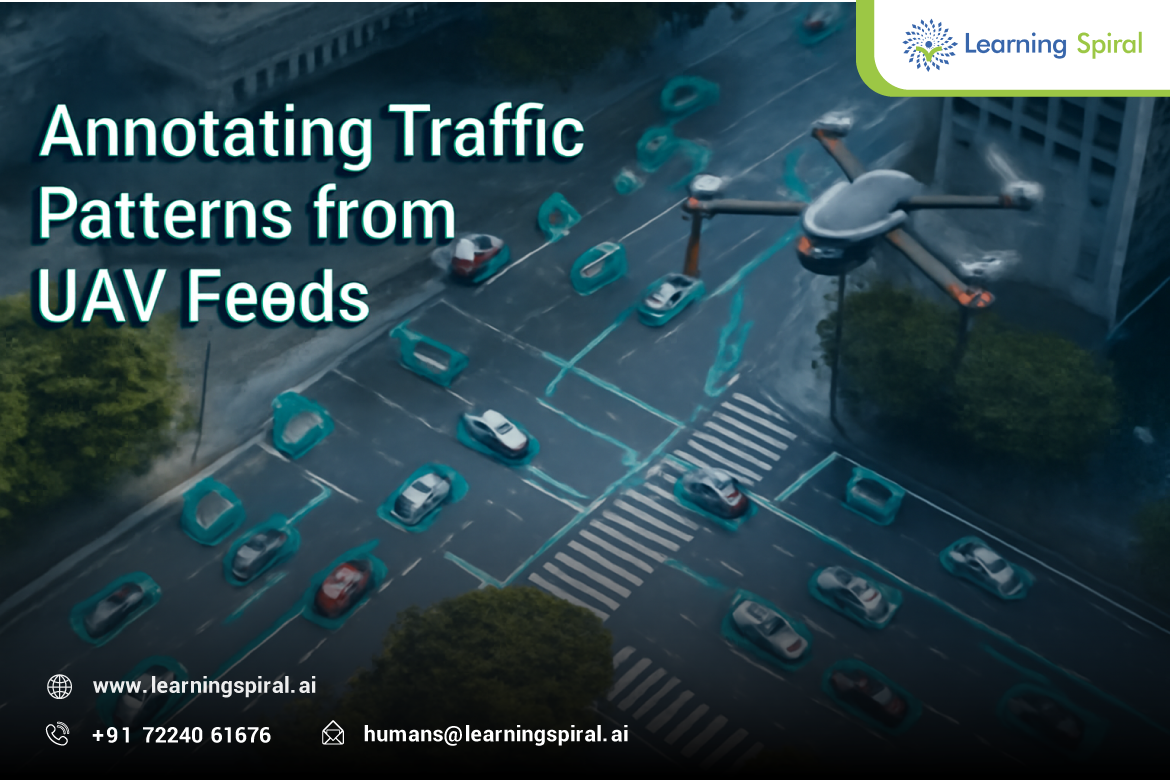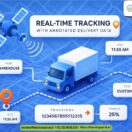In modern farming, crop and weed differentiation with AI has become essential. Accurate data annotation empowers AI systems to recognize crops and weeds, driving innovations in autonomous weeding, crop monitoring, and yield prediction. The quality of image annotation directly impacts the accuracy and efficiency of these agricultural AI models.
Challenges in Crop and Weed Differentiation
Visual Similarities Between Crops and Weeds
One major challenge lies in the resemblance between young crops and surrounding weeds. Annotators must apply strict quality standards and structured processes to ensure clarity.
- Polygonal segmentation or pixel-level annotation is recommended over simple bounding boxes.
- This captures plant contours more precisely—vital for computer vision tasks in agriculture.
Best Practices for Agricultural Data Annotation
Consistent Labeling Guidelines
- Train annotators to identify plant types under different lighting and growth stages.
- Use high-resolution aerial imagery, often captured by drones, for better precision.
Balanced and Diverse Datasets
A biased dataset leads to poor generalization. To build robust AI systems, datasets must include:
- Diverse field conditions
- Varying soil types
- Seasonal crop imagery
Efficient Annotation Tools and Workflows
- Tools with real-time collaboration, version control, and automated quality checks enhance accuracy and speed.
- Managed annotation teams supported by proprietary platforms ensure consistency and data security.
Learning Spiral AI: Driving Annotation Excellence
Learning Spiral AI, a trusted leader in data labeling, demonstrates how structured workflows and human-in-the-loop quality assurance power precise annotation.
Beyond agriculture, Learning Spiral AI supports industries such as:
- Autonomous systems
- Surveillance
- Smart farming solutions
With scalable infrastructure and customized services, Learning Spiral AI helps AI models differentiate crops from weeds with unmatched precision—fueling sustainable farming.
Conclusion: Toward a Smarter Agricultural Future
As smart farming evolves, crop and weed differentiation with AI remains central to sustainable growth. By following annotation best practices, agricultural teams can build AI models that reduce manual labor, optimize yields, and prevent crop loss.
With companies like Learning Spiral AI at the forefront, the future of agriculture is not just digital—it’s intelligent.






